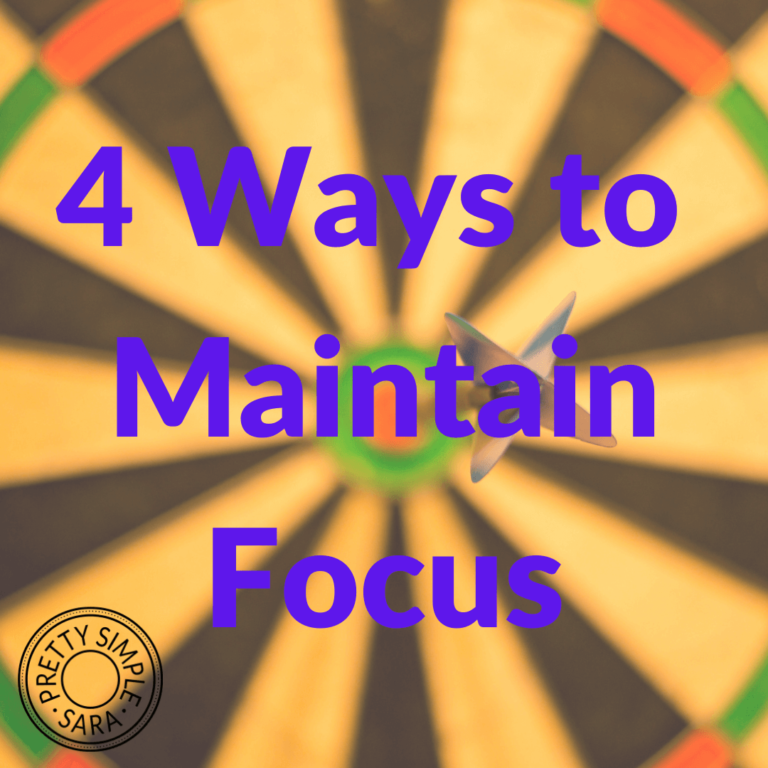Overwhelmed By Your To Do List?
Everyone has at one time in their lives been faced with so many things to do that they just want to give up. The key to not giving up is knowing how to prioritize all those things so you can get the most important stuff done AND eliminate the non important. Here are five steps to prioritize that list so you can start getting things done.

Five steps to prioritize your to do list
- Gather everything
- Take things off
- Prioritize what’s left – three methods to order that list
- Schedule your plan
- Reflect and plan tomorrow
1 – Gather everything
The first step to organizing anything (and that’s what prioritizing really is – organizing) is to get everything together in one place so you can see it all at once. Just like Marie Kondo makes her clients put ALL their clothes on the bed, you need to get all those things you need to do listed in one place.
Pick a place – that’s not your head!
It’s important to get all the things you need to do out of your head. Keeping it all in your head is like having a closet stuffed with things, you keep adding things and adding things and eventually random stuff is falling out, but you completely forget about the stuff at the back. It adds a layer of stress that’s just not necessary! If you know you have it written down, you can stop reminding yourself about it.
So pick a place to accumulate all those to dos.
The easiest place to gather them is simply a pad of paper. Although there are many task apps and special planners out there, start this process just with a simple pad of paper and a pen. If you already have a task app that you are familiar with, go ahead and use that, but this is not the time to get side tracked by picking the perfect app! I’ve been looking for the perfect app for years and still haven’t found it! You want to get it done, not perfect!
Dump it ALL
Write everything you need to do on this list. If you need to do it, it should be on the list. Don’t assume you will remember or that it will just happen.
Don’t forget to include anything you should be doing to create some margin in your life, or any of those mundane things like laundry that don’t seem important but do actually have to happen.
If you have a project that needs to be done soon, write down all the steps of that project.
2 – Take things off the list
If you are reading this post you have too much on your list. If it was a manageable list you wouldn’t be overwhelmed by it, right? So you need to take things off.
Taking things off your list is really just saying no to them. If you struggle with saying no, check out How to Say No. You may need to learn to say no to other people, or no to yourself.
Here are a few tips for cutting down that list:
Be realistic
You are not a superhuman. Having more than you can possibly do on your list will not magically make them happen. Be okay with just giving up on some things. This is not failure. This is just being realistic. You are worth more than what you accomplish.

Use a someday list
If there are things on your list that you really want to do, but just don’t realistically fit, put them on a someday list. Take them off your plate for now. By putting them on your someday list you are not abandoning them completely. You can revisit your someday list every month to see if there is something you are ready to make space for – or perhaps you will find things that don’t matter as much as you thought – time is a great sorter of desires.

Sunk costs
There is a useful business term – ‘sunk costs’. A sunk cost is one that has already happened and there’s no getting it back – money that is already spent and not recoverable. When deciding whether or not to proceed with a project we are tempted to think that since so much has already been invested, so we should keep trying to recover that money by continuing the project. But the money is already spent. What needs to be considered is only whether any new money contributed to a project will bring money in. Wikipedia does a better job explaining here.
In planning for your time and energy you should also be on the lookout for sunk costs. When deciding whether to keep something on your list, the time and effort you have already invested in something should not be considered, only whether the new time and effort you plan to invest is worth what you expect to get in return. Just because you’ve always decorated the house for every holiday doesn’t mean you should continue to – unless the time and energy you spend THIS year is worth the joy it will bring you THIS year.
Look at the list and see which things actually bring you happiness. What is worth the additional time you will spend?
Related to YOUR goals
Are there things on your list that aren’t really yours? Why are you doing them?
Trace every item on your list back to the goal that it relates to. You may find you have subconscious goals that you aren’t aware of!
You may also find things that are just fulfilling someone else’s goals. Perhaps you are doing it because you have a goal to help them. Is there another way to help them that takes less of your time?
80/20 Rule
Have you heard that 20% of your effort is responsible for 80% of your results?
I wrote a whole post about how to apply this to your life, but simply group the items on your list by your goals or areas of life they have an effect on. Look at each group and consider which tasks have the greatest impact for the effort you put in. Eliminate the tasks that take big effort but don’t produce big results.
3 – Prioritize what’s left
Here’s a few methods you can use to prioritize what’s still on your list.
Urgent Vs. Important
Have you heard of the Eisenhower Matrix? It’s a way of prioritzing tasks that works really well. If you have never heard of it, please read my post here. It will give you the ability to prioritize your list by urgency and importance.
If you have heard of it but it just seems too complicated, just use the method I discuss here that works right on your to do list as it is. You just put a star next to important things and an exclamation point next to urgent things.

The ABC Method
This method was popularized by Franklin Covey. Tasks are grouped first by
- A – Vital to happen today
- B – Important
- C – Nice to do
After each task is assigned a letter you then assign an order to complete each letter grouping – A1, A2, A3, B1, B2. You then work through your list through all the A’s and then all the B’s and finally the C’s.

Comparing task by task
This method works well if you have a straight up list of things that need to get done and none are more urgent than another. It can be a little tricky to manage with your pen and paper list, but it’s possible! You will need to compare each item on the list with each of the items below it. Put a check mark next to the more important task in each comparison. After you have worked through the list the most important task will have the most checkmarks, the least important will have none.
Do you have a prioritized list now? There’s still more to do to make sure it happens!
4 – Schedule your plan
A list of prioritized tasks is just a list, it’s not an actual plan. A plan means you know when you expect to do each of those tasks. Please take the extra step of scheduling those items on your list.
I have a few posts just about factors you might want to consider as you schedule those tasks.
How to Chunk Your Schedule to Have More Peace shows you how to bring peace and efficiency to your schedule,
Four Steps to Use Your Energy Wisely discusses how to schedule with your energy levels so you use your best self on the most important tasks.
Creating Margin is a reminder that we all need a little space in our plans.
5 – Reflect and plan for tomorrow
Finally, one thing that should be on every single day’s list is a reminder to reflect on what worked and what didn’t in your day and then to plan the next day. Take a little pleasure in looking back at all that you did do even if there are undone things on your list. And then take the time now to plan tomorrow by starting the whole process again – it will be faster this time 😉
Here’s your five steps:
- Gather everything
- Take things off
- Prioritize what’s left – three methods to order that list
- Schedule your plan
- Reflect and plan tomorrow
Did these five steps work for you?






